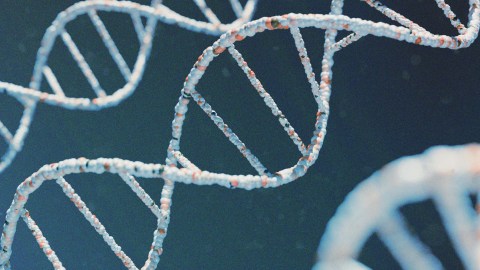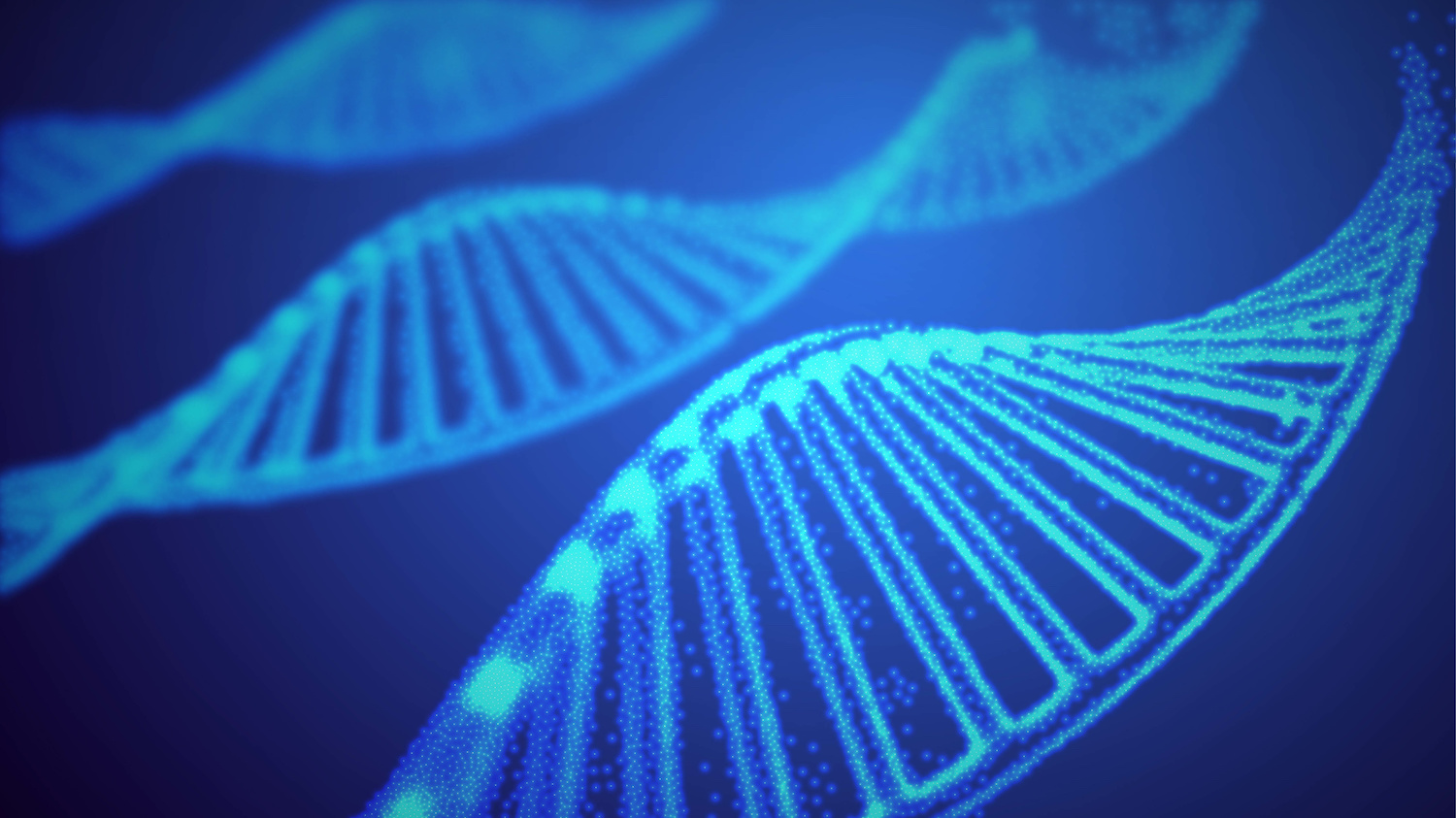10 years on, a spin-off use for CRISPR: Infectious disease testing

- CRISPR is a family of DNA sequences found in the genomes of prokaryotic organisms such as bacteria and archaea that serve as a primordial immune system against virus infection.
- Scientists have co-opted this system to create powerful gene-editing tools. Another application is infectious disease diagnostics.
- Because CRISPR is so powerful, we must ensure that it is used responsibly.
CRISPR is a family of DNA sequences found in the genomes of prokaryotic organisms such as bacteria and archaea. These sequences are derived from DNA fragments of viruses called bacteriophages that had previously infected the prokaryote. They are used to detect and destroy DNA from similar bacteriophages during subsequent infections, providing the prokaryote with a sort of “immunity.”
The following is an interview with CRISPR co-discoverer and Nobel Prize-winner Dr. Jennifer Doudna.
The eureka moment
Describe the “eureka moment” around CRISPR — the moment when you realized that this technology was not only possible but actually worked. How did you feel? Has your feeling changed since that eureka moment? If so, how?
There’s one moment that stands out in my mind, right at the time we realized what CRISPR could do and that we could “reprogram” it to edit specific sequences of DNA. I was cooking dinner and thinking about it, and I burst out laughing. My son was in the kitchen and he asked why I was laughing. So I explained it to him with a little drawing of a car zooming around, grabbing onto viruses, and chopping them up. I think my drawing did the trick, because he started laughing too.
The implications of this finding were too big to understand all at once. It’s been ten years since that time now, and everything that has happened since surpassed any expectations I had back then. With multiple therapies in clinical trials, plants in fields that help farmers adapt to a changing climate, and countless uses of CRISPR in life science research, the scope of what has been achieved in just ten years continues to surprise me.
Exciting and interesting uses of CRISPR
What excites and inspires you most about the possibilities of CRISPR technologies?
I recently spoke with Victoria Gray, one of the first people to receive a CRISPR-based therapy for sickle cell disease. Hearing from her about how her life has changed for the better, how she’s no longer in constant pain and able to go back to work and spend more time with her family — there’s nothing more inspiring than real human impact. That’s what drives the work we do at the institute that I started at UC-Berkeley, the Innovative Genomics Institute (IGI), where the focus is not just developing new therapies and agricultural products, but making sure they reach the people who need them most.
What is the most interesting, or counterintuitive, use of CRISPR technology that you’ve encountered thus far?
We talk a lot about the ability of CRISPR to cut DNA, but its ability to find a specific sequence of DNA is just as interesting. That’s not an easy thing to do, and it turns out that it can be really useful in other ways. For example, at the IGI, we’re developing CRISPR-based diagnostics for infectious disease. Instead of editing DNA, these tests quickly find a specific sequence of DNA from a pathogen, like the SARS-CoV-2 virus or HIV, and then release a fluorescent marker. The great thing about these tests is that they’re fast, can be performed anywhere, and should be quite cheap to produce. After everything we’ve all experienced during the pandemic, it’s clear that rapid point-of-need tests are going to be increasingly important.
Parallel technologies
Are there any parallels in history of a technology that fundamentally changed human life?
In many ways CRISPR genome editing builds on groundbreaking technologies and innovations that came before it, and each one was a watershed moment for science. We needed X-ray crystallography to understand the structure of DNA, Sanger sequencing to be able to read it, PCR to make copies of it, and the Human Genome Project and other large bioinformatics projects to start to understand the bigger picture of how genomes function. Being able to edit the genome is the next chapter in this story, but it couldn’t exist without the others that came before it.
Responsible use of CRISPR
How can we most responsibly use the power this technology has unlocked? Where should we put the guardrails?
With any powerful technology, there is always potential for its misuse. And we have already seen this, even though the vast majority of scientists are using it responsibly. Determining what constitutes misuse, what is unethical, what is medically necessary — that is where a lot of the discussion is focused at the moment. There is broad agreement on certain topics, particularly around human germline editing, but when it comes to questions of ethics, there will always be gray areas.
One risk that is often overlooked is the real possibility that some of the advances we make in genome editing will benefit a small fraction of society. With new technologies this is often the case at first, so we have to consciously work from the start to make new cures and agricultural tools that are accessible and affordable.
How CRISPR changes humanity
In your mind, what does it mean for humanity to have the ability to directly alter genetic material so precisely?
It’s a powerful tool, and one that can be used to do a lot of good. Sickle cell disease affects millions of people worldwide, and it’s caused by a single-letter mutation in just one gene. This has been understood for a long time, but we didn’t have the means to fix that mutation. There are several thousand other genetic diseases, including very rare diseases that are often neglected, that we can now look to address. It goes beyond medicine: Climate change is impacting agriculture, and agriculture itself is contributing to climate change. With genome editing, we can mitigate both of those impacts.
How do you think CRISPR will affect our understanding and definition of what it means to be human?
Understanding even just a little bit about genetic disorders — what causes them, how many people are affected by them — increases your compassion for what people are going through of no fault of their own. You also start to understand that there are people who have genetic mutations that affect their lives, but don’t necessarily view them as diseases or problems to fix. CRISPR itself may not change what it means to be human, but perhaps having a tool that can rewrite our DNA helps to shine a light on all of the diversity that humanity already encompasses.





